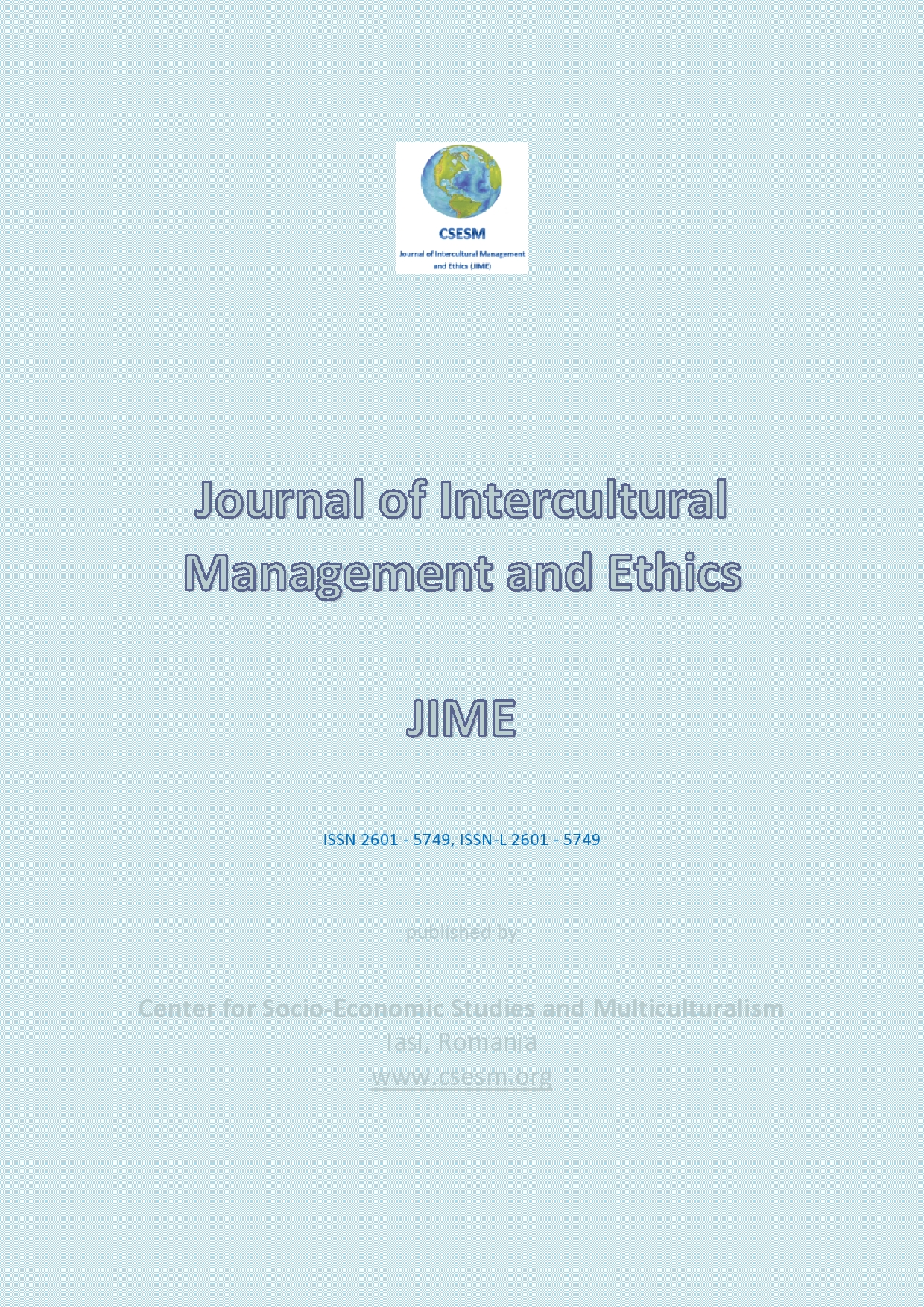Diversity and Inclusion 3.0
Diversity and Inclusion 3.0
Author(s): Philippe RosinskiSubject(s): Business Economy / Management, Theory of Communication, Business Ethics, Inclusive Education / Inclusion
Published by: Center for Socio-Economic Studies and Multiculturalism
Keywords: diversity; inclusion; intercultural coaching; diversity and inclusion;
Summary/Abstract: Promoting diversity and inclusion (D& is increasingly perceived as a societal imperative and many organisations are putting in place D&I policies and practices However, as necessary as they are, a lot more could be achieved thro ugh D&I programmes. One reason is that when most organisations talk about D&I, they are really referring to what the author labels D&I 1.0, missing out on opportunities to augmenting it with D&I 2.0 and D&I 3.0. D&I 1.0 focuses on external (or visible) diversity. Combatting prejudice and discrimination against certain groups of people, and promoting equal opportunity constitutes its primary goal. D&I 1.0 is informed by social psychology as well as by anthropology and traditional interculturalism. It is not solely a matter of ethics. In a time of great resignation/attrition, organisations can ill afford to shun the talents of diverse group sof people.D&I2.0 refers to internal (or cognitive) diversity. At this stage, the categorical thinking that potentially gives rise to stereotyping and discrimination is avoided. Beyond demographics, D&I 2.0 focuses on diverse mental models. Inclusion at this level is about the synthesis of cultural differences (‘ versus ‘ to promote unity in diversity. People don’t only feel welcomed and respected. They have the sense that their different viewpoints are seen as opportunities rather than as threats. They feel they belong and can thrive, in the interests of all parties and stakeholders.D&I3.0 considers implicit (or hidden) diversity. Inclusion at the 3.0 level i s about tapping into our unconscious diversity potential and leveraging it, individually and collectively. This concept can notably be put into practice when coaching teams in order to remove cultural blind spots and access teams’ hidden cultural potential. An apparent homogeneous team could indeed still be considered diverse and heterogeneous, albeit in an implicit, enfolded sense. Intercultural coaching applies to all forms of diversity. Systematically weaving a cultural perspective into coaching represents a formidable opportunity to deploy the human potential in its rich cultural diversity, even when these cultural differences are still latent rather than unfolded. In practice, intercultural coaching for D&I combines D&I 1.0, 2.0 and3.0 as appropriate and necessary in the situation. Intercultural coaching allows us to be more ambitious in what we can all expect from D&I programmes, by unleashing the full richness of diversity.
Journal: Journal of Intercultural Management and Ethics
- Issue Year: 5/2022
- Issue No: 1
- Page Range: 71-78
- Page Count: 8
- Language: English

